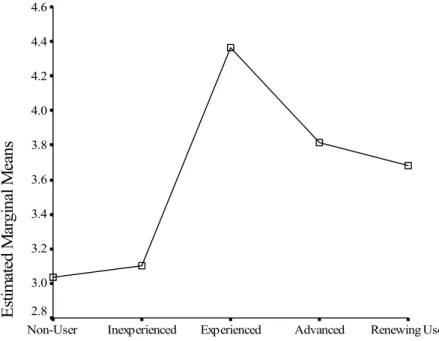Faculty Concerns and Perceptions of Mandated Educational Change: An Exploratory Study Edición Única
Texto completo
Figure




Documento similar
The draft amendments do not operate any more a distinction between different states of emergency; they repeal articles 120, 121and 122 and make it possible for the President to
The purpose of the present study was not to compare different organizational change models, but rather to identify the barriers encountered by Acadian and French-speaking
Moreover, the contributions of this study aim to make an in-depth study of the educational potential of podcasting in order to maximize social participation and
In general, students can adapt to multiple areas of work related to management, administration, production, distribution, accounting, human resources,
In addition, some works made by students reflect the lack of application, specialised, lifelong-learning and ethical competencies in the management of information, which coincides
This chapter is an exploratory study of a quantitatively trained professional
(3) According to the perceptions of the primary care midwives who were interviewed, the barriers and facilitators that influence exclusive breastfeeding related to the
This exploratory study has provided us with information and particulars that not only enable us to have a better understanding of the behavior of our research population – the





